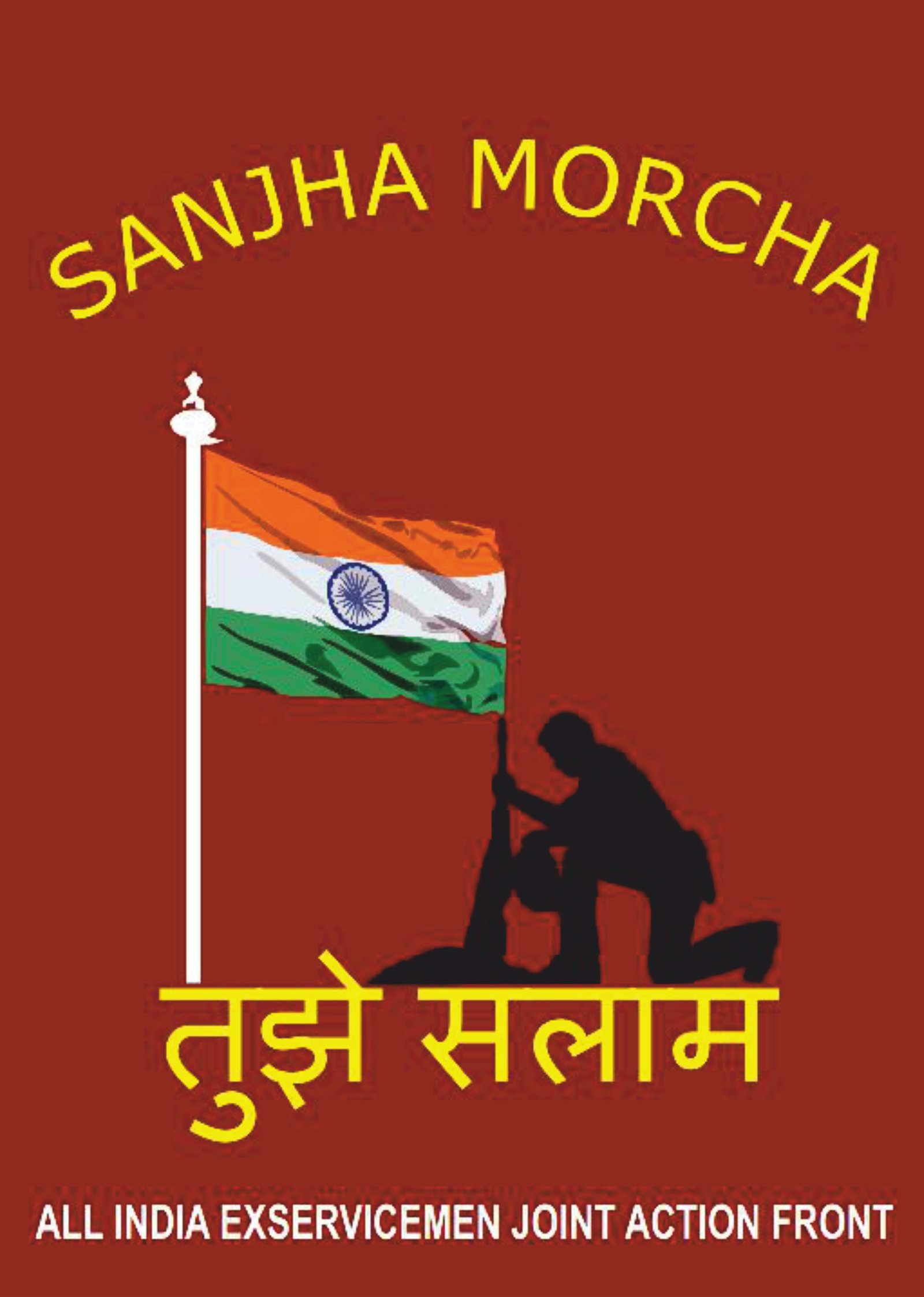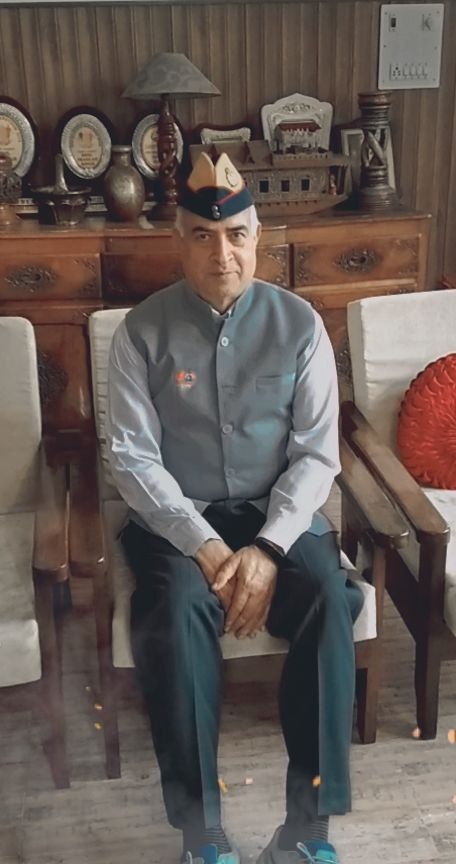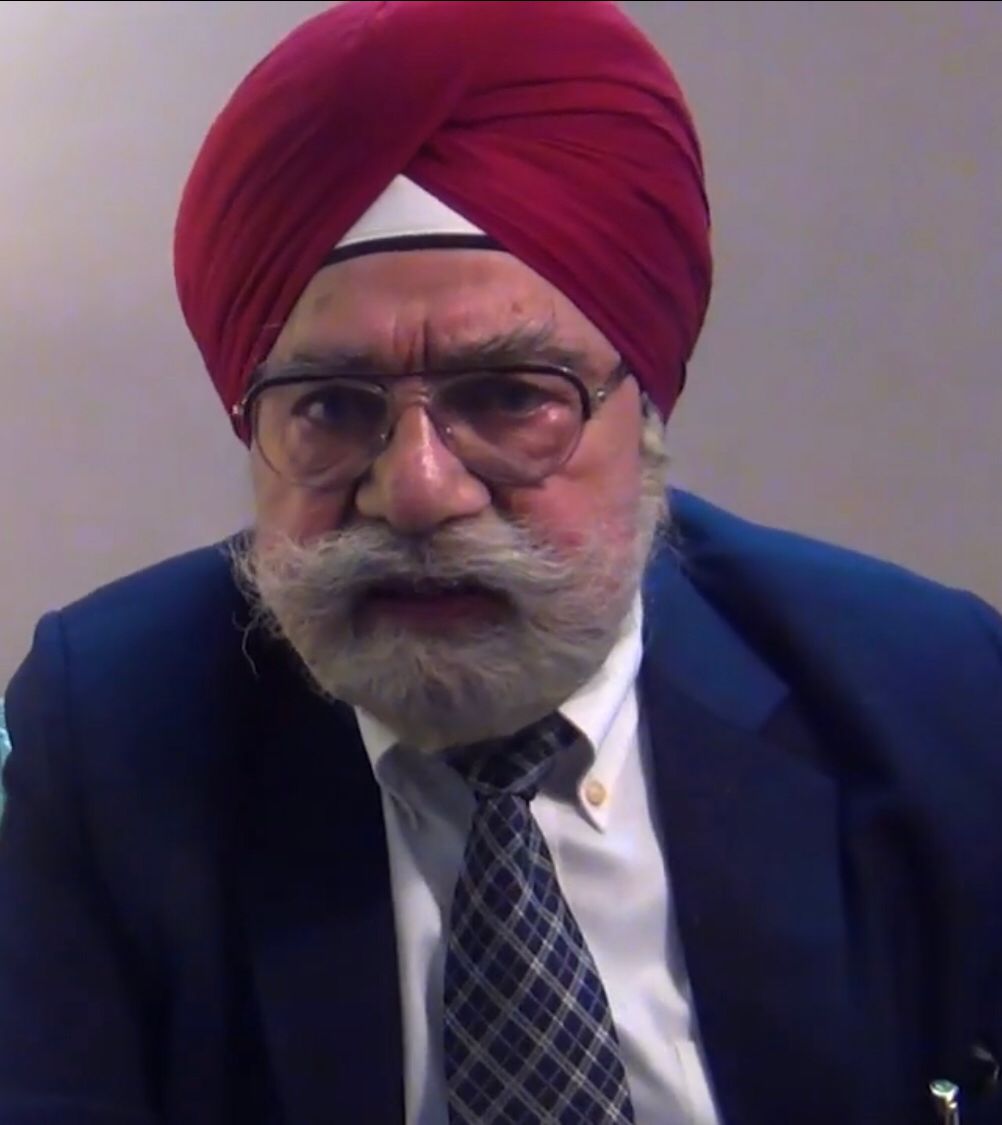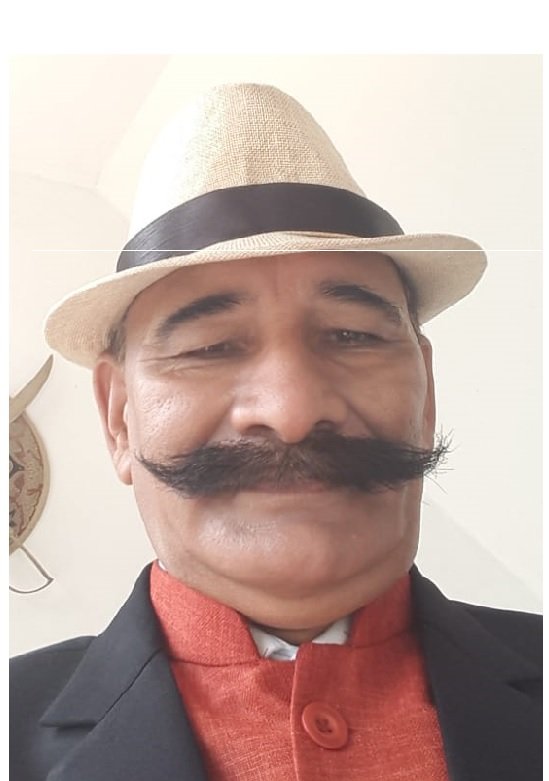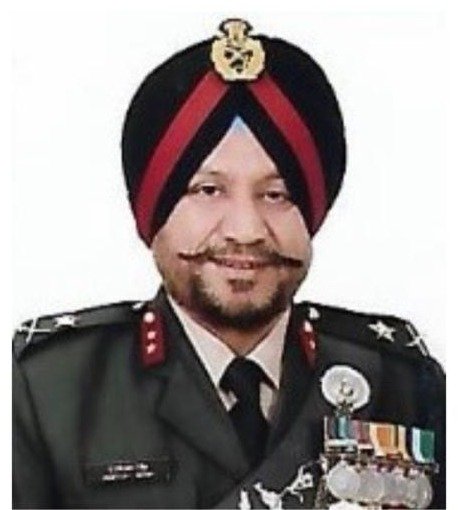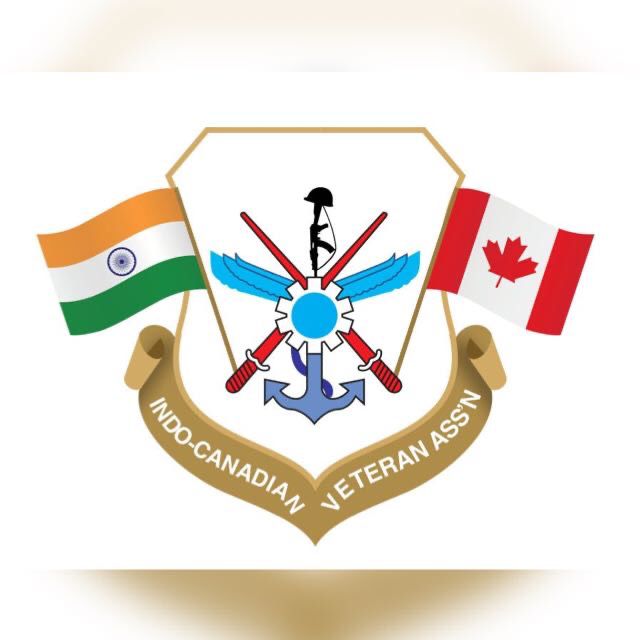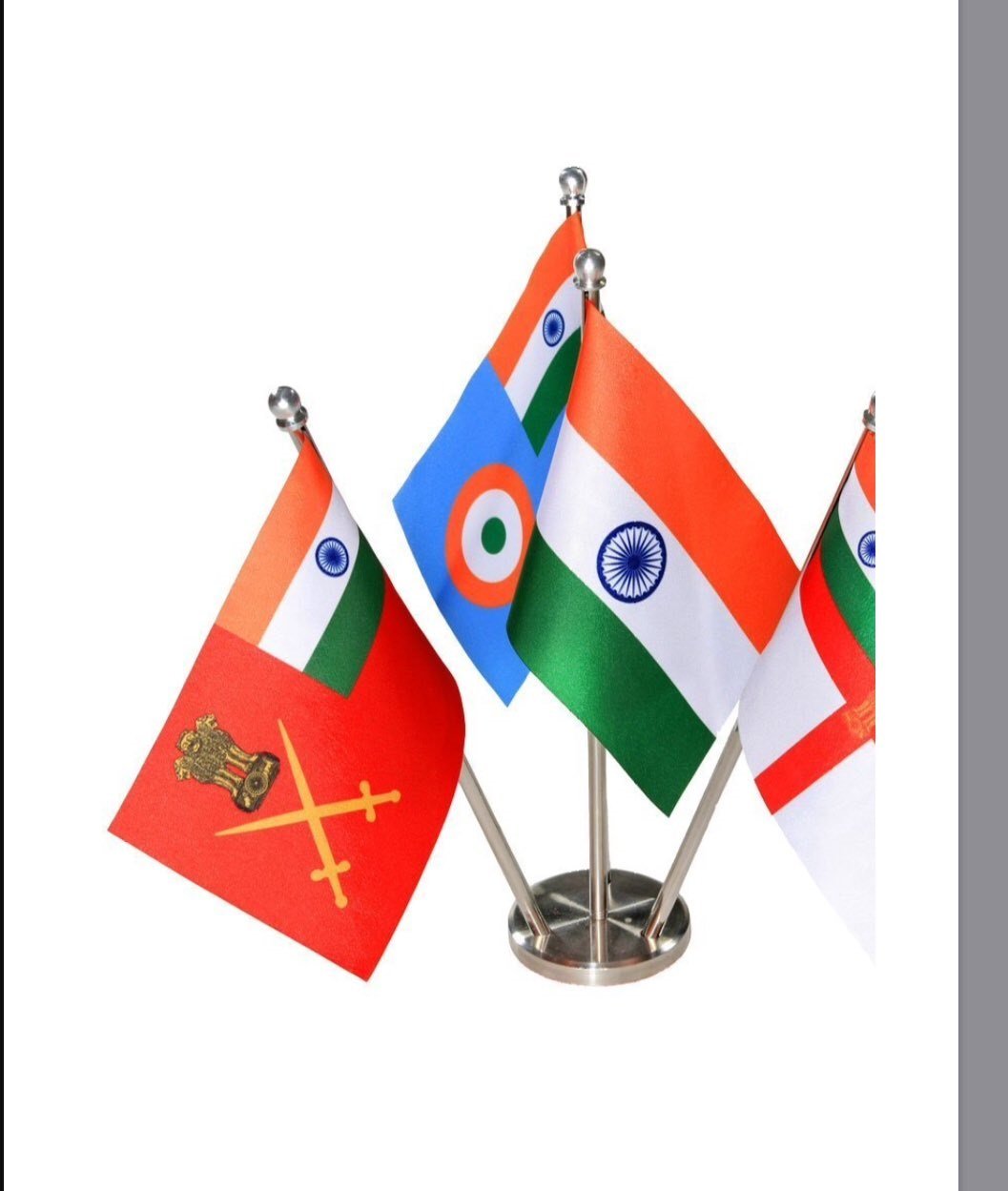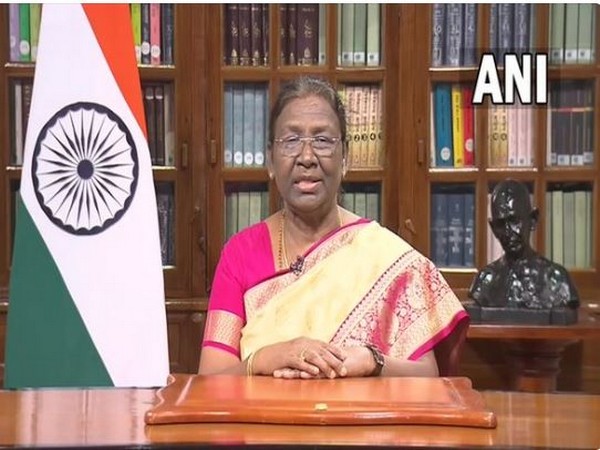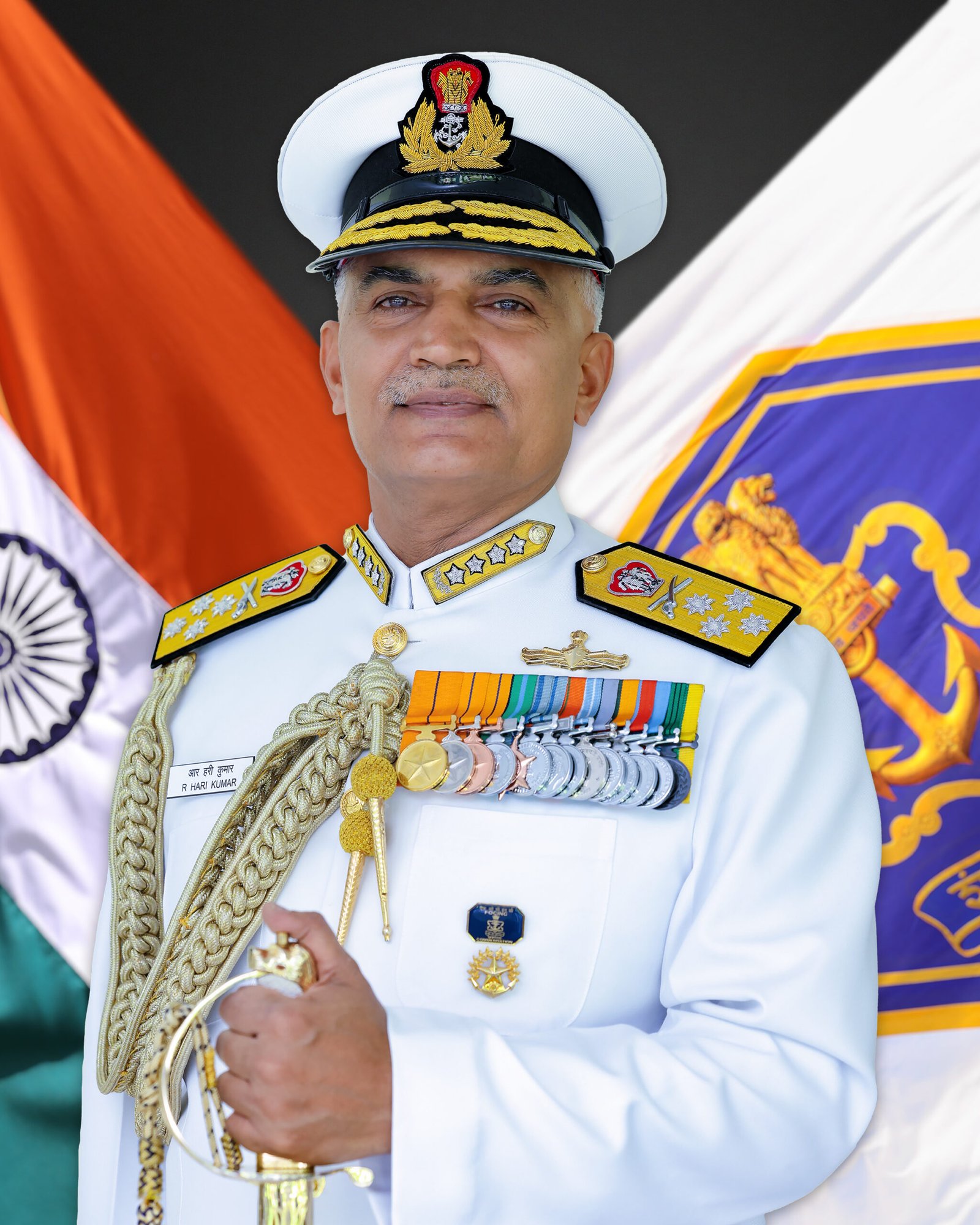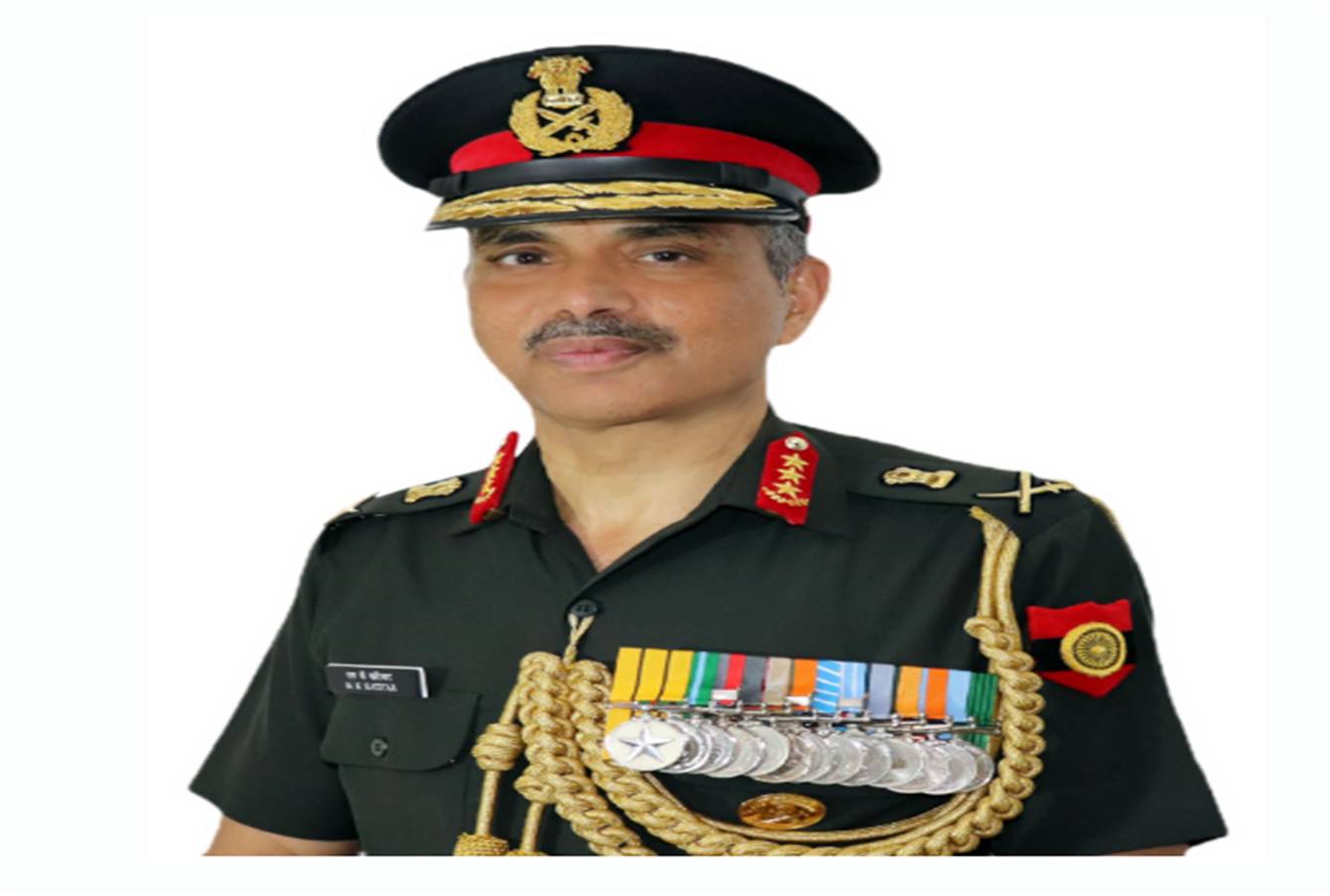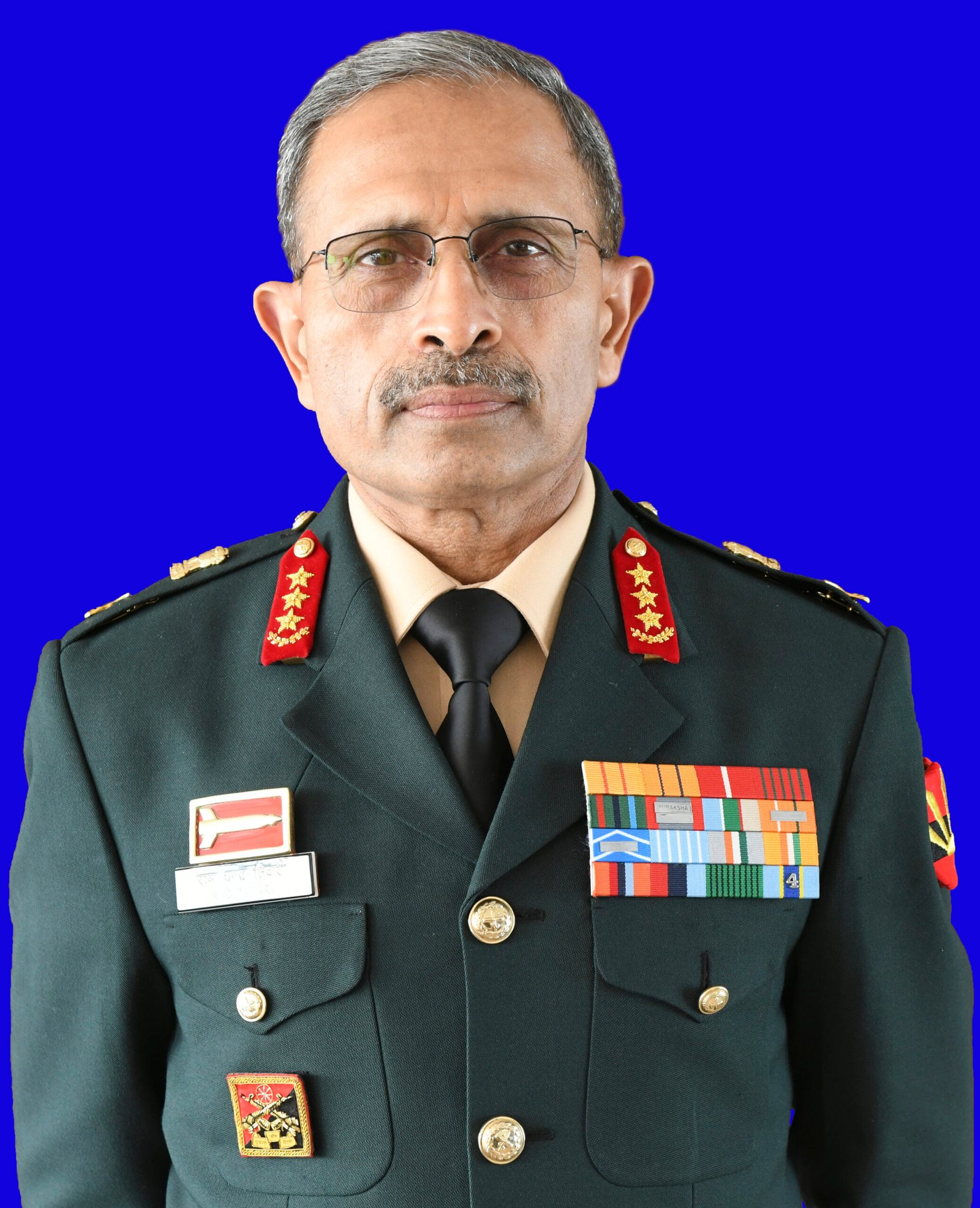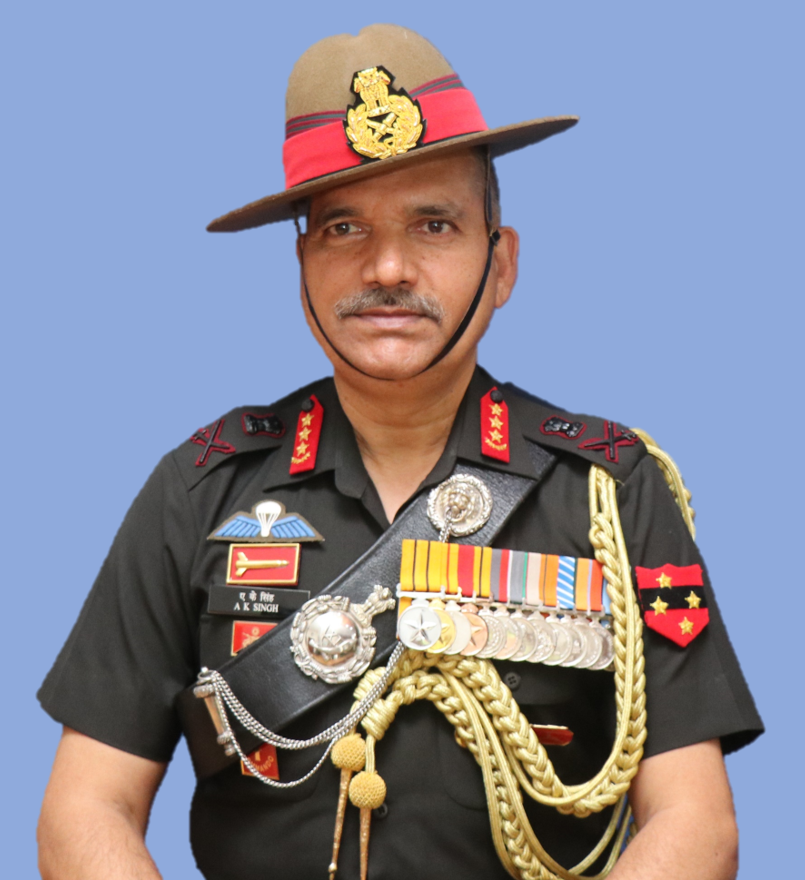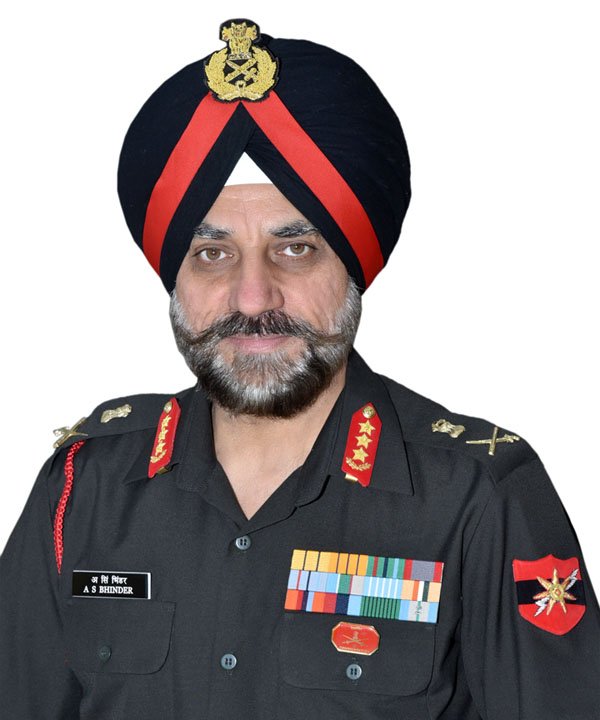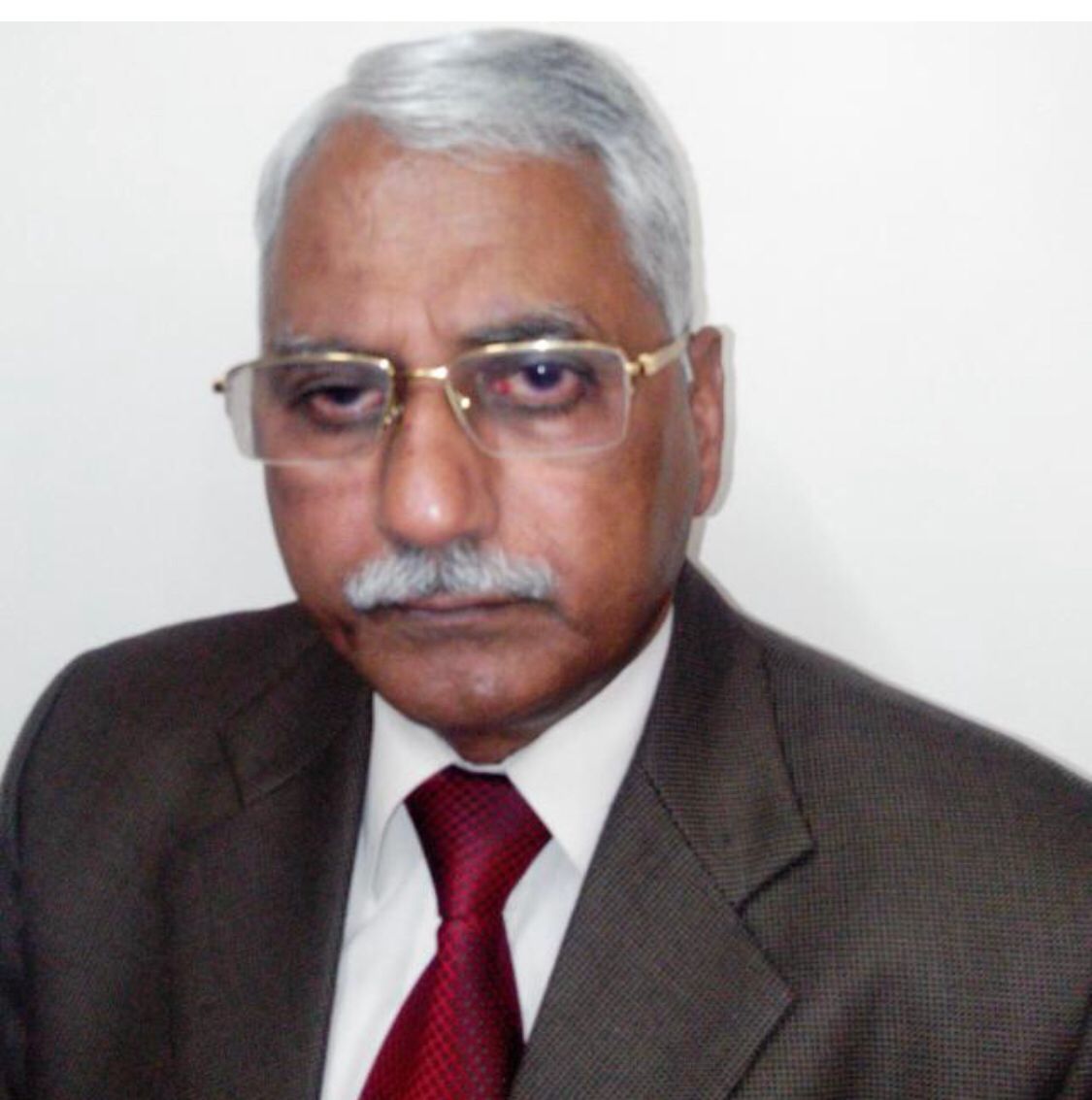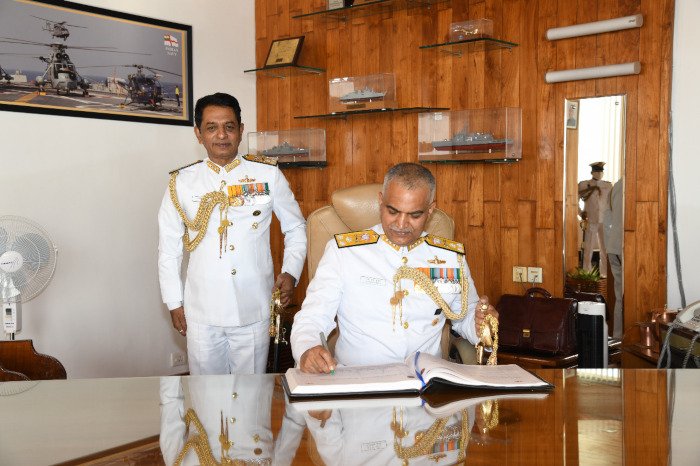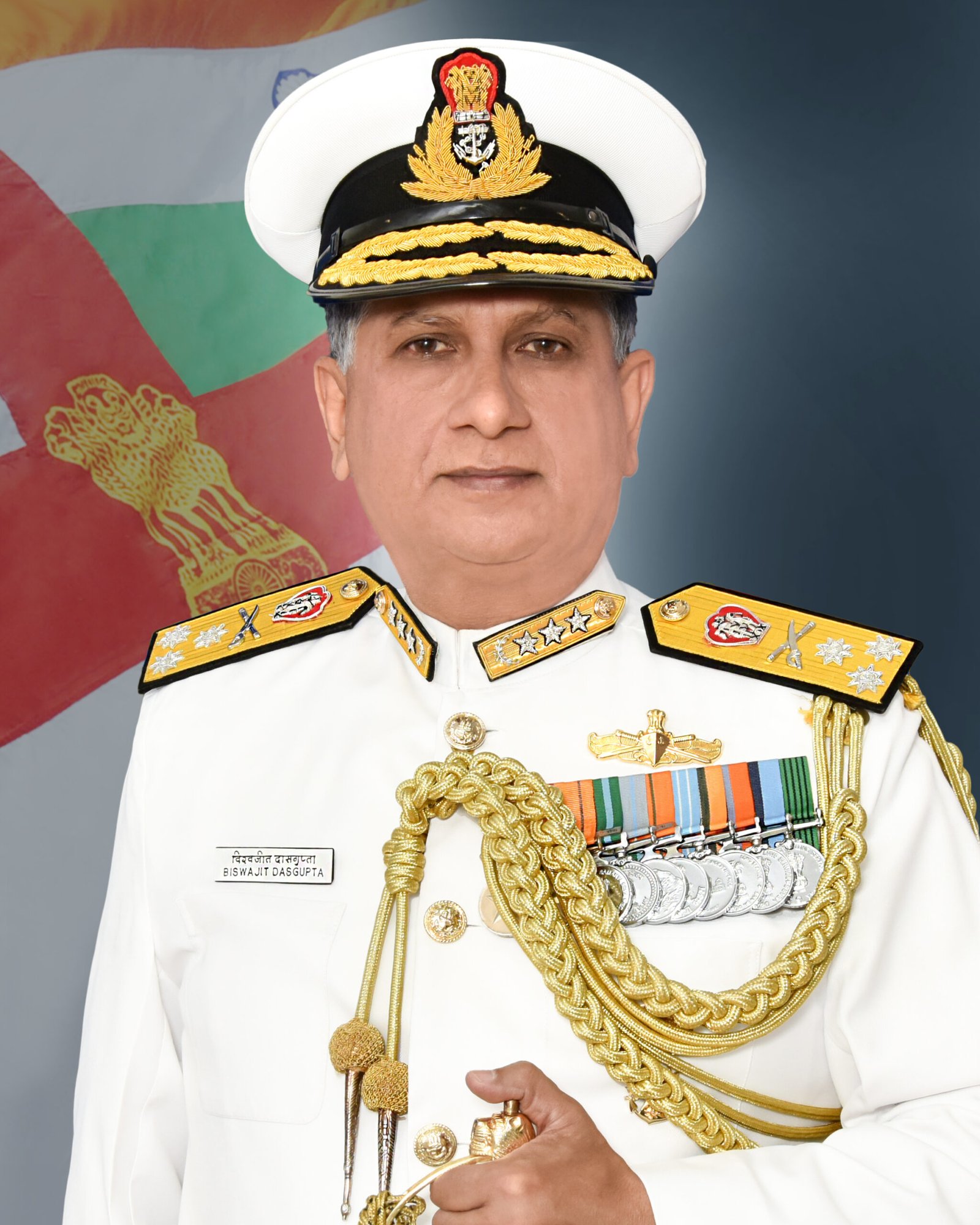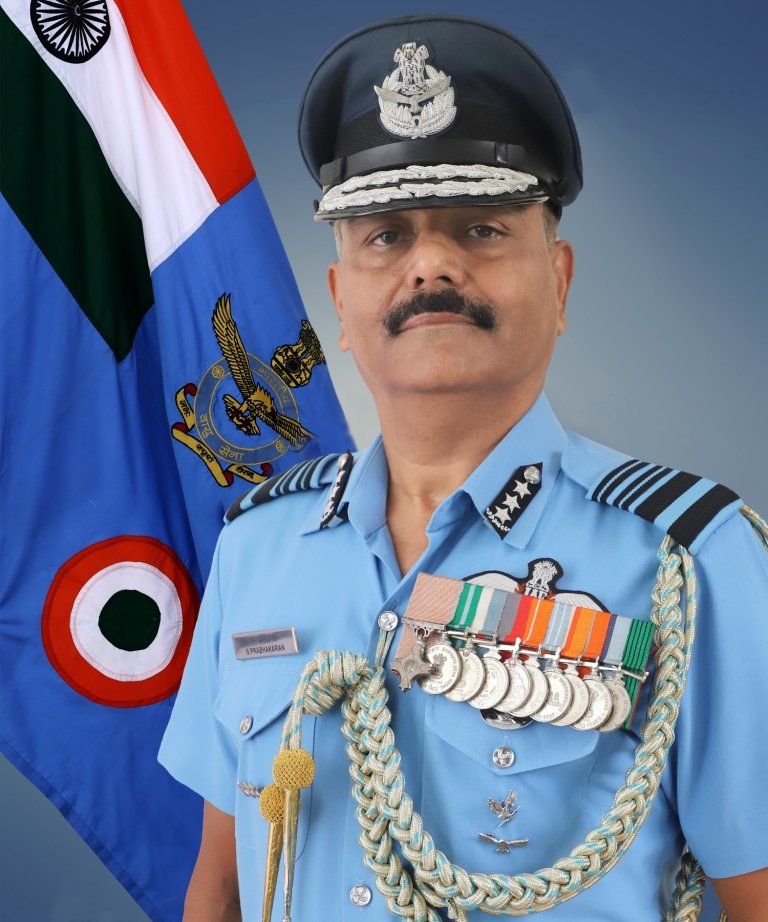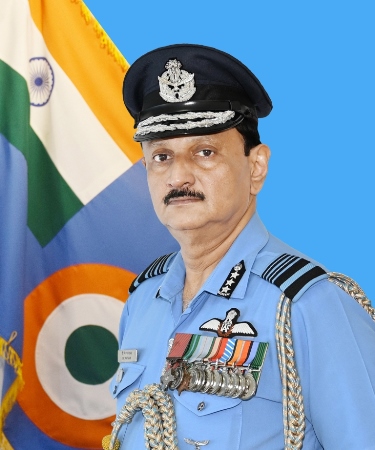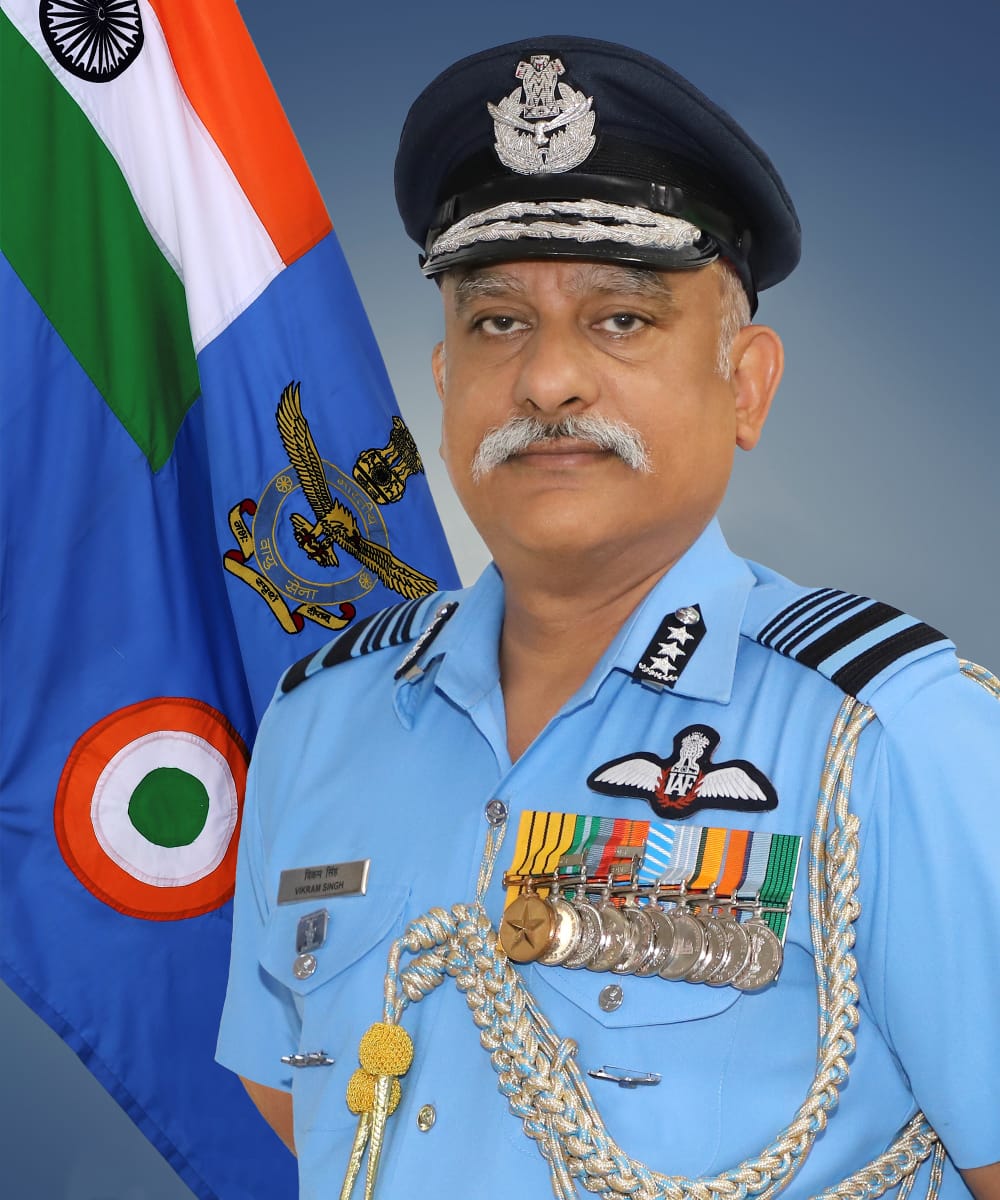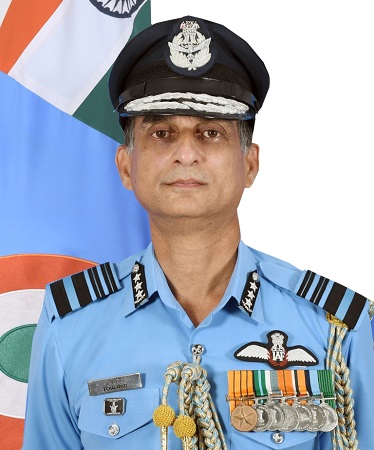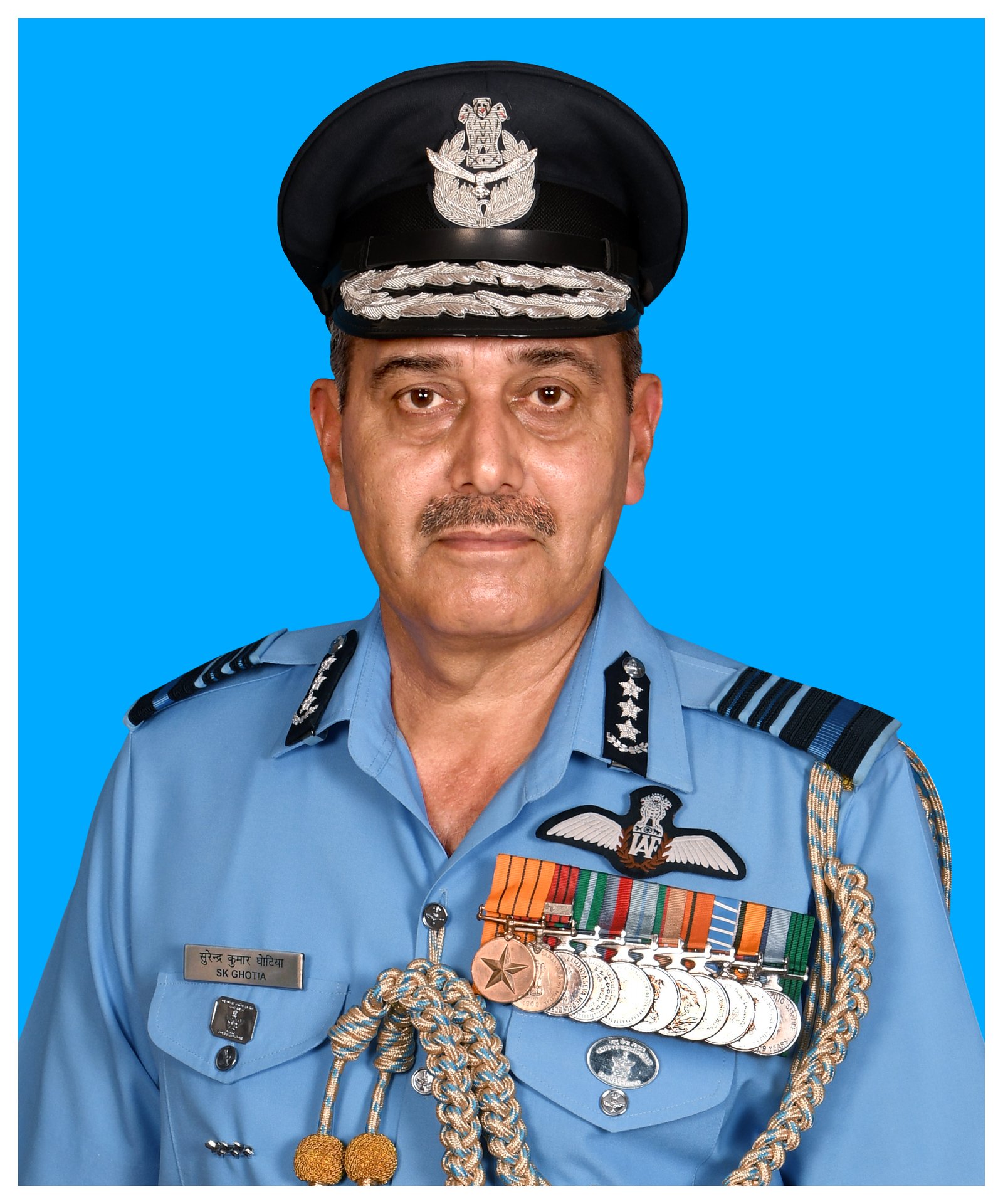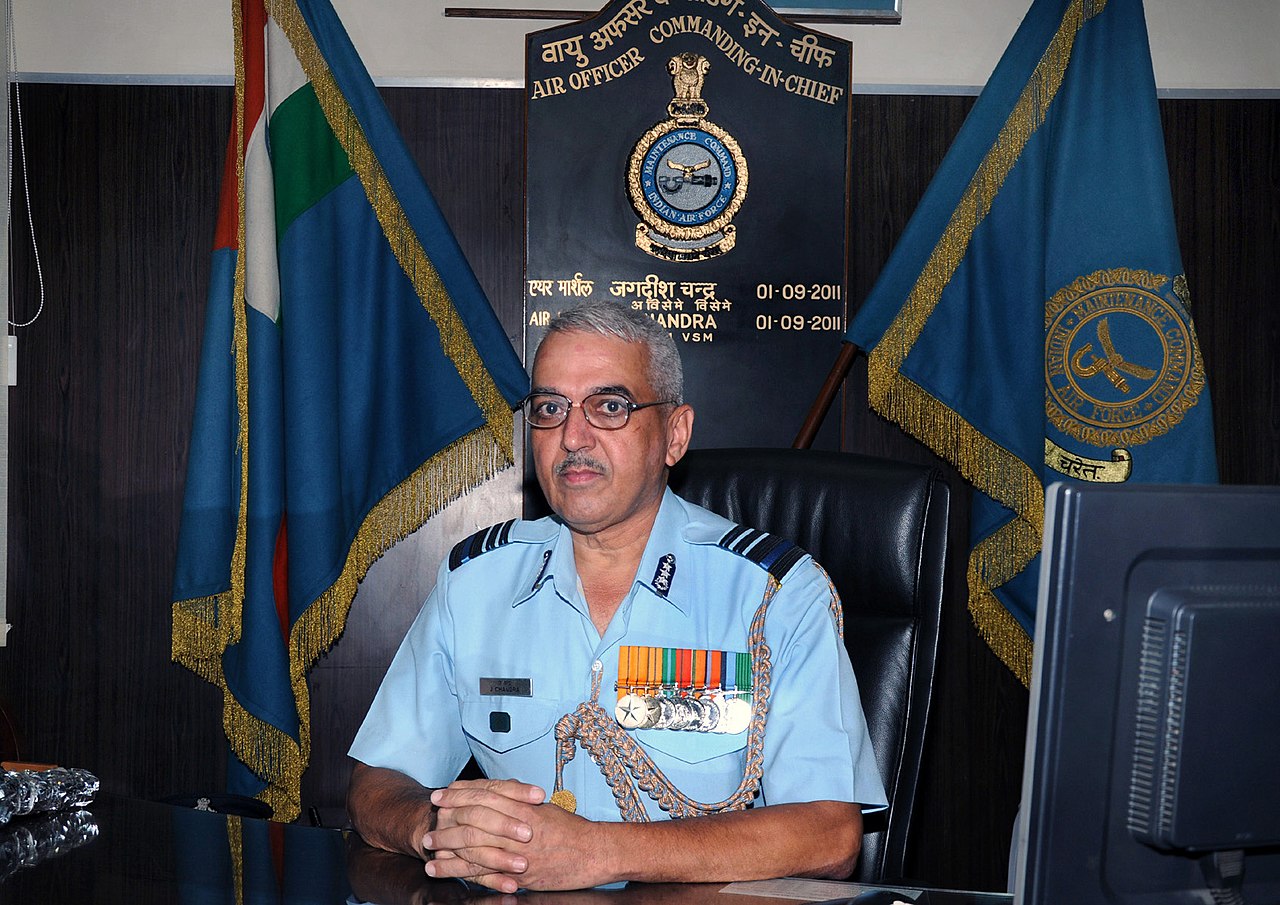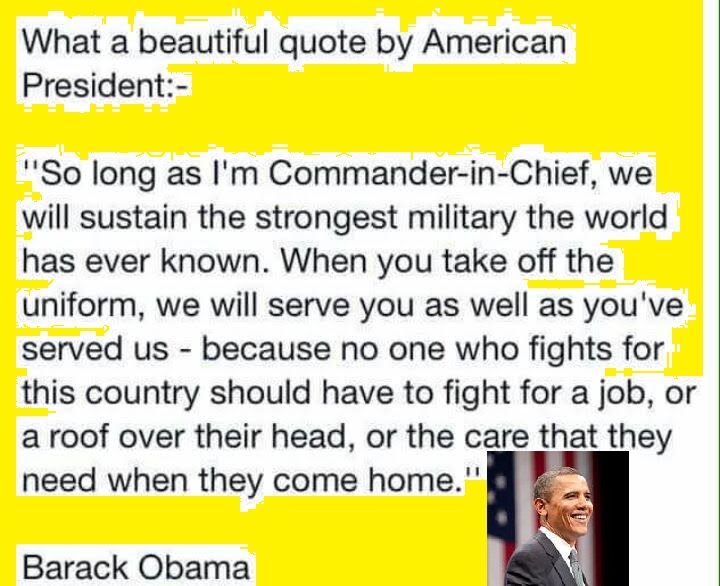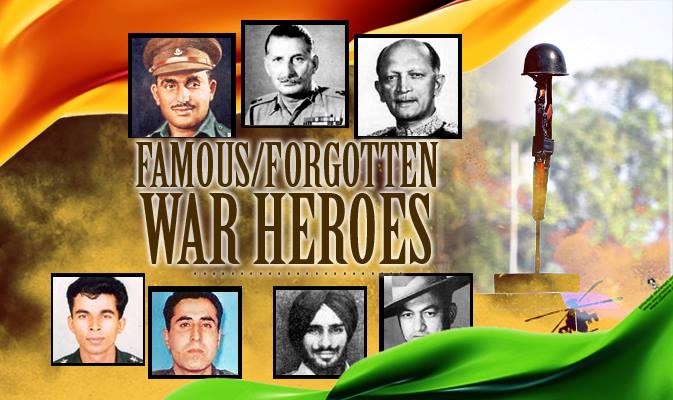The new deal, while securing the interests of the UK and the US, gives the Chagosians too little too late.

Maj Gen Ashok K Mehta (retd)

Diego Garcia is unarguably the most important military base in the Indian Ocean. On October 3, 2024, Mauritius permitted the UK and the US to retain sovereignty over it for a second time.
In my research paper titled ‘Mauritius/Diego Garcia: A key to the Indian Ocean’ at the Royal College of Defence Studies in London (1984), I noted: “The setting today is ominous and volatile. And with the Middle East remaining a No-Peace Zone and wars in Lebanon and the Gulf region raging unabated, the spotlight has shifted to the Indian Ocean. The vacuum following Britain’s East-of-Suez withdrawal in the Sixties made oil routes vulnerable and highlighted the importance of Mauritius and Diego Garcia among others.” This threat analysis could have been written today.
On October 3, the UK transferred sovereignty over the Chagos archipelago, consisting of 60 islands, to Mauritius. However, it retained sovereignty over Diego Garcia for 99 years for an undisclosed rent and permitted 1,500 displaced Chagosians to return to all the islands except that of Diego Garcia.
In addition, the UK extended the US’ lease period over Diego Garcia “till it is no longer required” as a joint US-UK facility. A new UK Support Fund for Chagosians will permit resettlement, but not to their satisfaction.
India and US played a substantive role in working out the deal between Mauritius and the UK. The transfer of full sovereignty is incomplete as the UK has retained sovereignty over Diego Garcia. Further, Chagosians have been denied the right to self-determination and, therefore, decolonisation is partial.
Before granting independence to Mauritius in 1968, the UK bought Chagos and Agalega for £600,000. In 1973, it paid £650,000 to settle those removed from the Chagos islands and in 1982, another £4,000,000.
In this transaction, the UK displayed remarkable strategic foresight, though it ignored the legal implications. Soon, it was beset with legal challenges at the International Court of Justice (ICJ), Hague, which declared the transfer of sovereignty illegal. A non-binding resolution at the UN General Assembly (UNGA) called for the UK to end colonial administration and the UN Human Rights Council (UNHRC) listed human rights’ violations against the displaced Chagosians.
Hence, the new deal, while securing the interests of the UK and the US, gives the Chagosians too little too late.
In the 1980s, while the US and the USSR were jockeying for power in the Indian Ocean, the Soviets, lacking naval outreach, occupied Afghanistan and deployed assets in littoral states like Iraq, Yemen, Ethiopia and Madagascar. India was late in recognising the salience of sea power as it sought to have the Indian Ocean declared a Zone of Peace and Sri Lanka lobbied for a nuclear-free zone.
Mauritius is the third Hindu majority country after Nepal and India. It has many complex internal fault lines. In 1984, India posted Maj Gen JN Taimni as the first National Security Adviser (NSA) to Mauritius. Since then, its NSAs have been mostly Indian.
Mauritius-India relations are one of the best in the extended neighbourhood. Mauritian Prime Minister Pravind Jugnauth sought India’s help in securing the new deal over Diego Garcia with the UK. Foreign Minister S Jaishankar visited Mauritius after his Maldives’ visit during the Modi 3.0 government. India has acquired the use of Agalega island that belongs to Mauritius where a jetty and an air-strip have been built.
No study or research of Mauritius and Diego Garcia is complete without reference to at least two books: Limuria by Mauritius’ first Governor, Sir Robert Scott, and the more recent, Peak Of Limuria, by Richard Edis, who was Commissioner, British Indian Ocean Territory from 1988 to 1991 and later became an instructor at the Royal College of Defence Studies (RCDS), UK.
Diego Garcia is a V-shaped atoll accidentally discovered by the Portuguese on their voyage from Europe to India, and is roughly 7 degrees south of the Equator. It extends 22 km north to south, with a circumference of 50 km. Diego Garcia and its sibling islands comprise remains — visible above sea level — of huge underwater mountains 10,000 feet below, and, therefore, called the peaks of Limuria.
According to history, Maldivians may have been the first to discover the Chagos group in the 15th century and introduce coconut to these islands. Former Maldives President Mohamed Nasheed wrote in October 2024, claiming that the Sultans of Maldives till as late as 1930 sent expeditions to Chagos, including Diego Garcia, to count and mark coconuts with the Sultan’s seal.
Sea power and sea control passed on from the Dutch to the Portuguese, then to the French and the British. Diego Garcia became the US’ most vital sea outpost in the Indian Ocean only in the 1980s as during the World Wars, although under British control, it played a minimal military role.
Today, an unknown and undisclosed air and sea armada is stationed there from where the Gulf, West Asia and Afghanistan were engaged militarily. After completing the RCDS, I travelled to Mauritius and was met by Gen Taimini at Port Louis. I managed to get to French Reunion and other smaller islands, except Diego Garcia.
So, the second transfer of October 3 sovereignty by Mauritius to the joint US-UK military facility in Diego Garcia leaves an awkward question: how has full sovereignty been restored to Chagos Islands when the UK retains sovereignty over Diego Garcia — this time for 99 years, previously it was 50 years, extendable by 20 years — and “till no further use for it”?
Therefore, sovereignty is incomplete as the right to self-determination has still not been exercised by the Chagosians. They were excluded from the second deal, as also in the first agreement.
While India’s quest for Zone of Peace and a regional maritime force is unconsummated, so is Sri Lanka’s advocacy of a nuclear-free zone. Nuclear-armed bombers, ships and ICBMs are reportedly located in Diego Garcia. India’s gain is the Agalega Island, sentinel to the western entry of the Indian Ocean.
Speculation is also rife that India is negotiating for the use of Diego Garcia.

